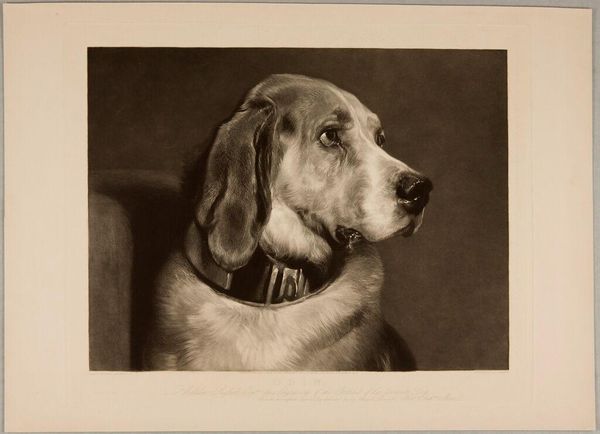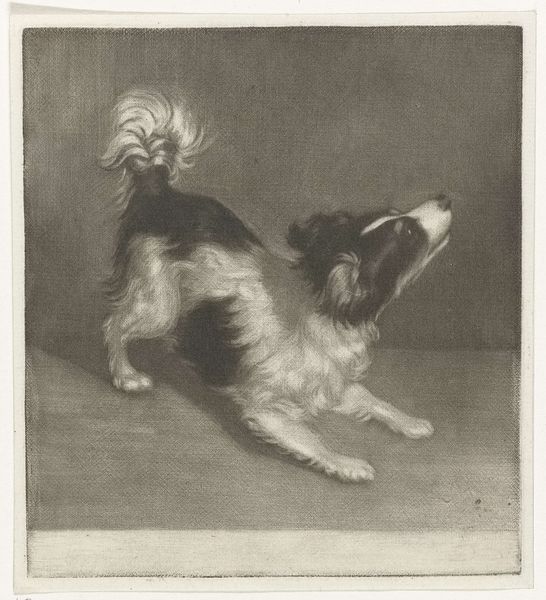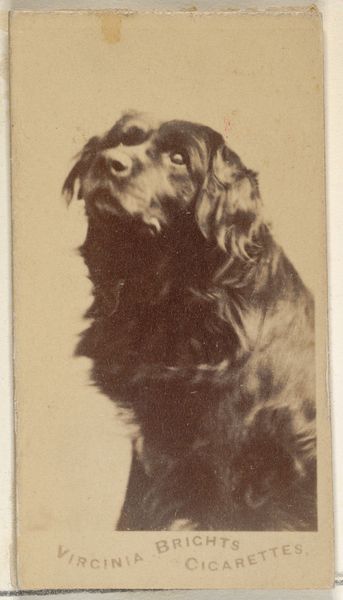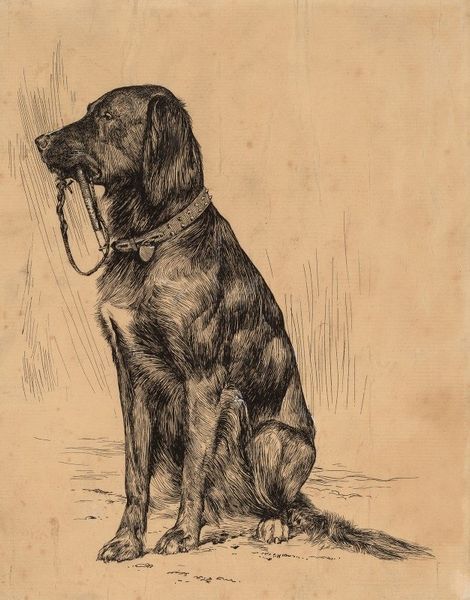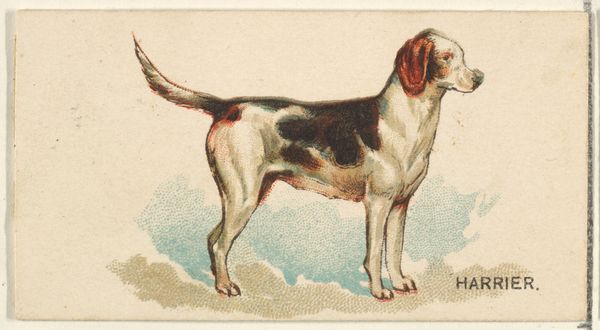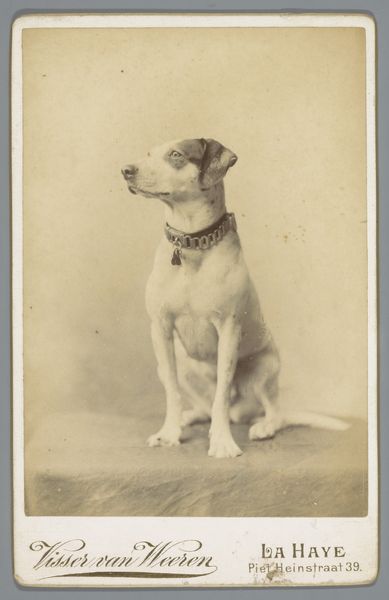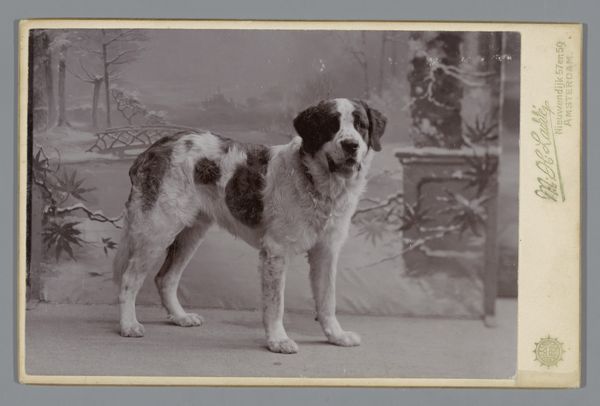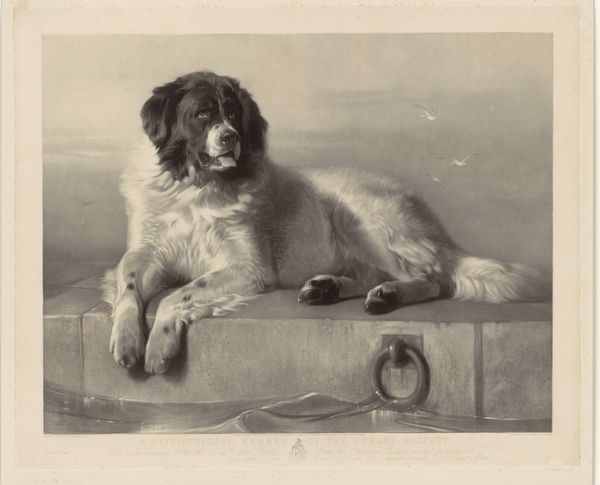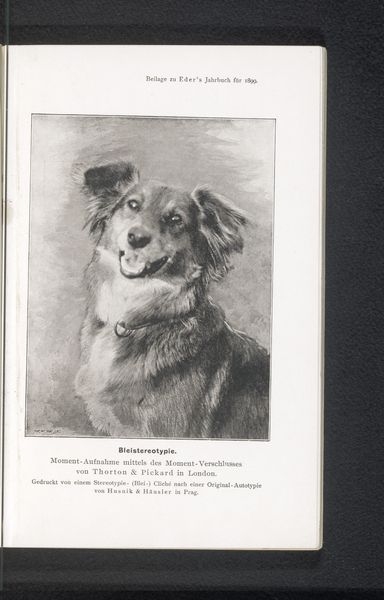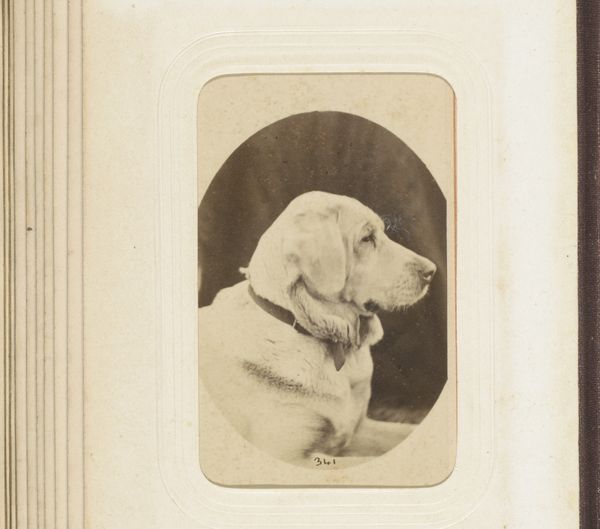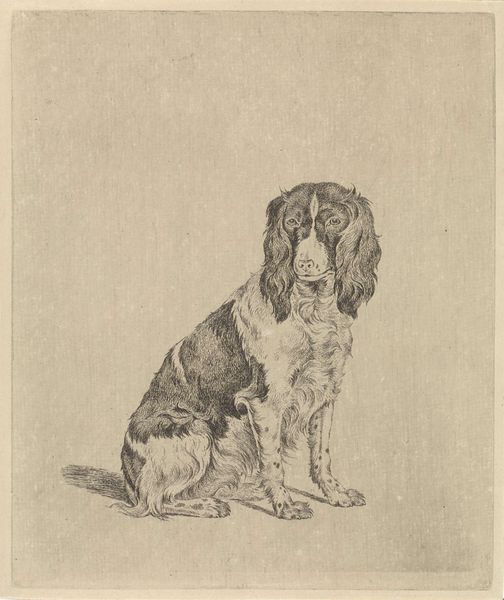
photography, gelatin-silver-print
#
portrait
#
pet photography
#
wildlife photography
#
still-life-photography
#
natural shot
#
black and white photography
#
dog
#
photography
#
animal portrait
#
gelatin-silver-print
#
monochrome photography
#
animal photography
#
monochrome
Copyright: Public domain
Heinrich Kuhn captured "Meine Diana" using the gum bichromate process, a technique embraced by Pictorialist photographers for its painterly effects. This process involves coating paper with a mixture of gum arabic, potassium dichromate, and pigment. The paper is then exposed to light through a negative, hardening the coating in proportion to the light received. The unhardened gum is washed away, leaving an image formed by the pigment. Kuhn's choice of gum bichromate is significant. It allowed him to manipulate the image, softening details and creating a textured surface that mimics the look of drawings or watercolors. This aligns with the Pictorialist movement's desire to elevate photography to the status of fine art, emphasizing artistic expression over mechanical reproduction. The soft focus and tonal range achieved through this hands-on method emphasize the artistry behind the lens, bridging the gap between photography and more traditional forms of image-making. By understanding the gum bichromate process, we appreciate how Kuhn transformed a photographic image into a personal artistic statement.
Comments
No comments
Be the first to comment and join the conversation on the ultimate creative platform.
